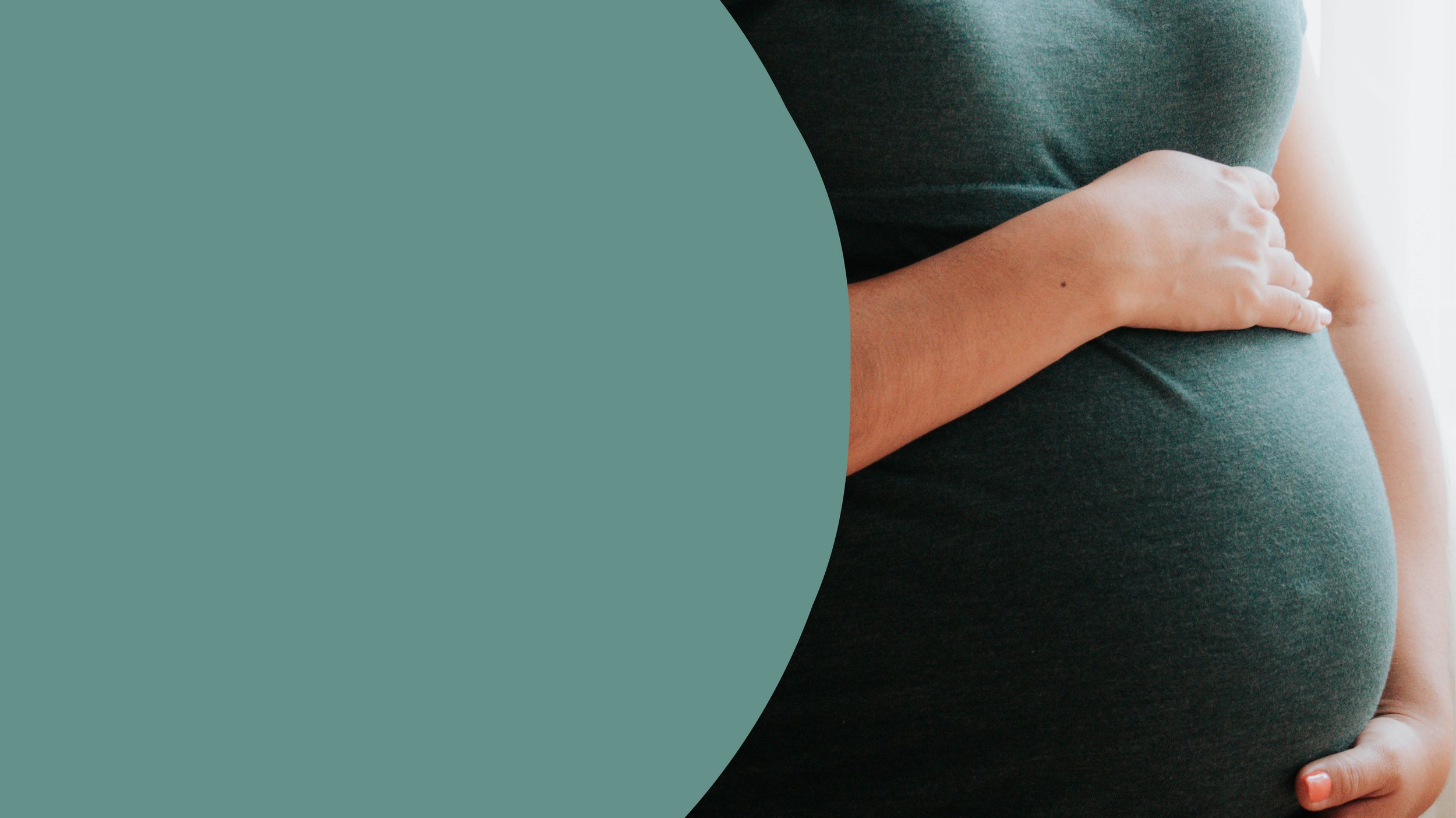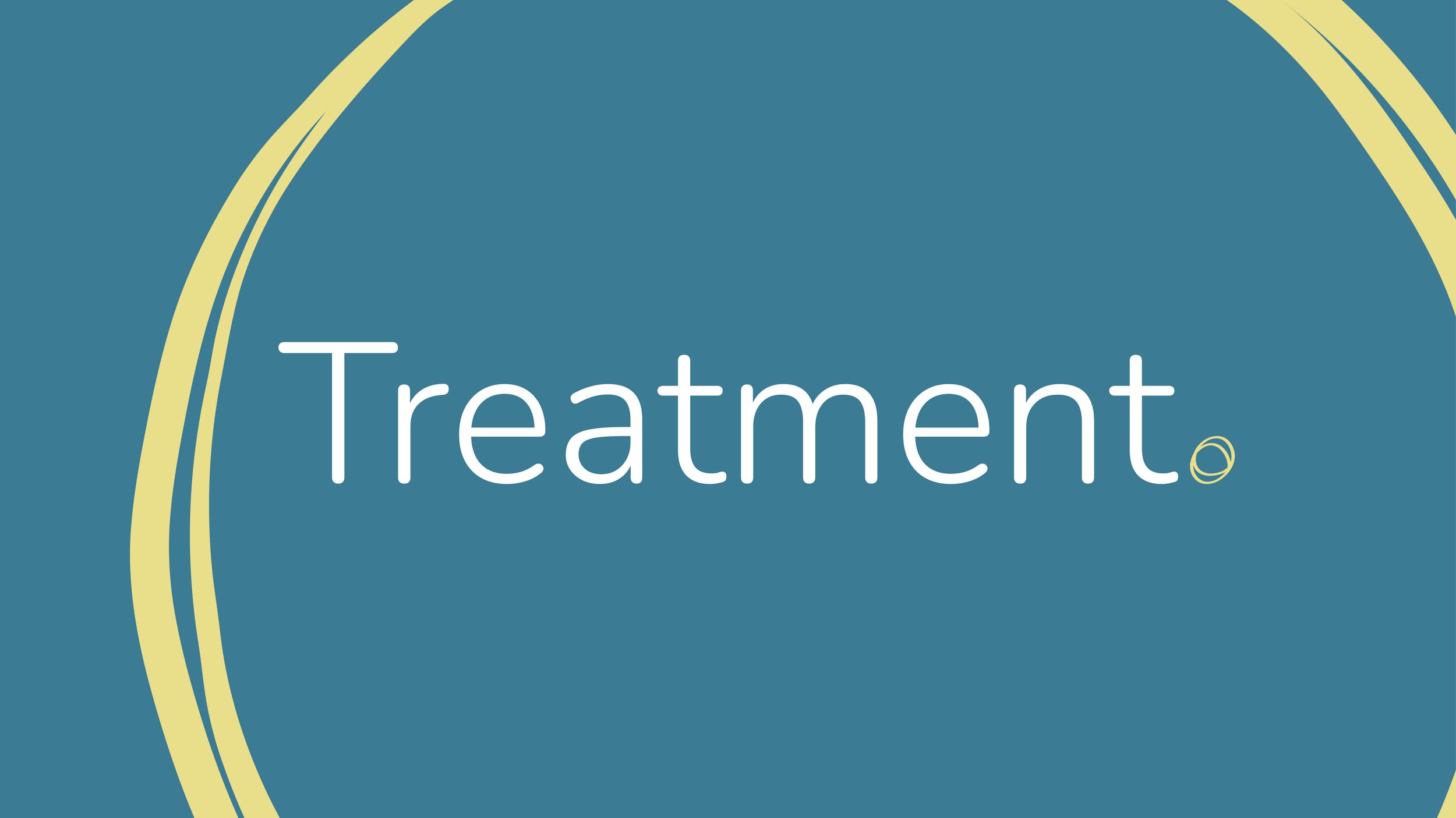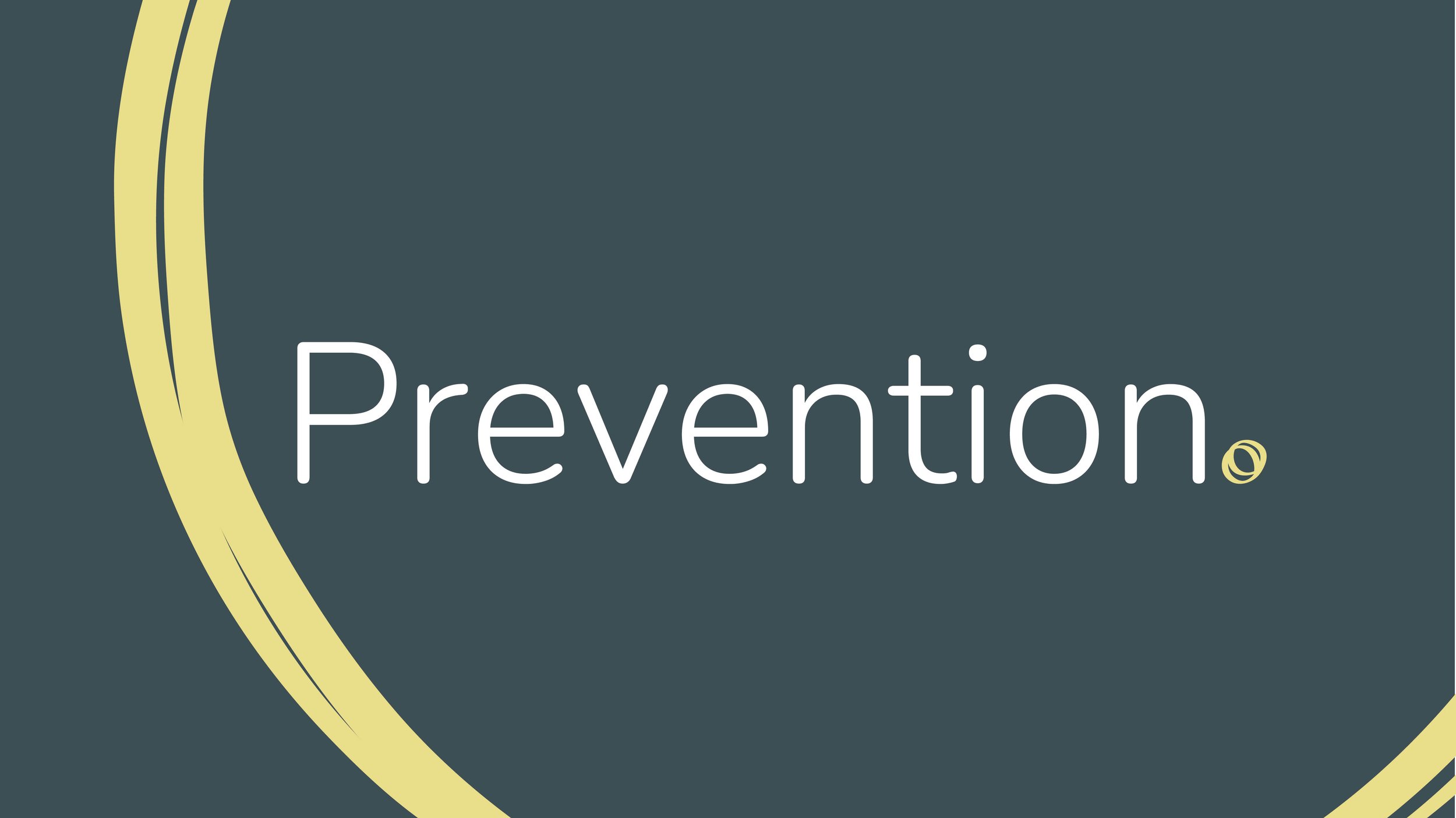
Preventing Birth Trauma
Postnatal PTSD is the result of a traumatic birth, typically (though not always) one in which the woman has feared for her own or her baby’s life.
Some of the events that can lead to postnatal PTSD or birth trauma are:
Being left in extreme pain for a number of hours
An emergency leading to a caesarean section or instrumental birth
Postpartum haemorrhage
A baby being born injured or ill and having to spend time in special care
Very often multiple things go wrong during the birth.
But a traumatic birth doesn’t have to lead to PTSD. Some women who have apparently very difficult birth experiences recover mentally without developing PTSD symptoms. Why?
The vast majority of women suffering postnatal PTSD tell us that the way they were treated in hospital has been a major factor in developing the condition. Most frequently, the cause has been poor communication, a lack of consent and sometimes active neglect or unkindness. Examples from women include:
Voicing concern that something is wrong, but being ignored or laughed at
Asking repeatedly for pain relief but being told she can’t have it
Not being told what is happening during an emergency
Having a procedure such as vaginal examination performed without consent
Our birth trauma survey
In a survey we conducted of our own members, more than half told us that poor treatment by staff played a part in their trauma.
Many cases of birth trauma could be prevented simply by treating women with dignity and respect during labour:
Making sure to seek informed consent for procedures such as vaginal examination or cervical sweep
Listening to women’s concerns if they think something is wrong
Offering pain relief when it is requested
Informing women of their choices and explaining what is happening
Showing sympathy if women are distressed
In high-risk groups, the incidence of birth trauma is 15.7% – more than three times the average incidence. Factors that may increase the risk include a history of trauma (such as sexual abuse or a previous traumatic birth) or mental illness.
A trauma-informed care approach, which focuses on understanding the woman’s trauma and making sure that the care you give her is compassionate and woman-centred, can reduce the risk of retraumatising her. An excellent good practice guide has been produced by The Centre for Early Child Development, which can help you implement trauma-informed care.
You can also find out more in our training video, Preventing birth trauma.
Training videos
As part of our educational work with health professionals we created a video training course on birth trauma and trauma informed care. Here’s the trailer – view the full videos and download training materials on our training page, and find out more about prevention and diagnosis across our site.
Birth Stories



